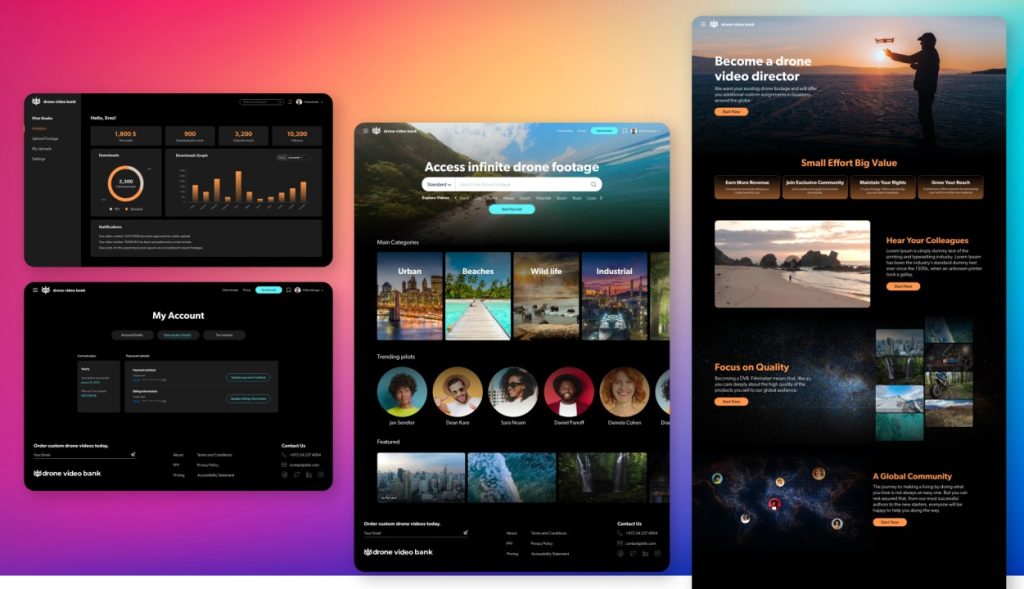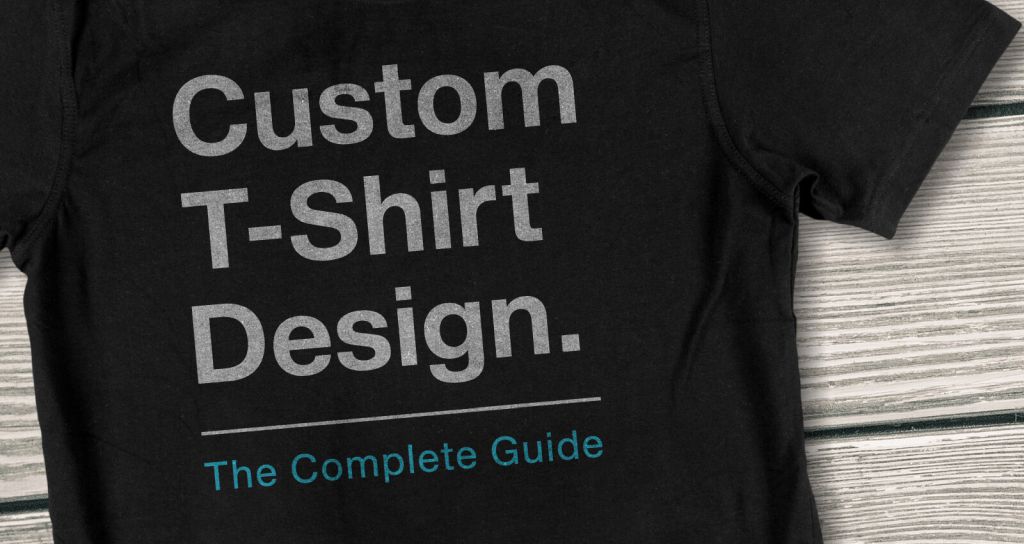In the digital age, having a website is crucial for businesses, organizations, and individuals alike. However, merely having an online presence is not enough. The real challenge lies in creating a website that not only attracts visitors but also keeps them engaged and satisfied. This is where User Experience (UX) comes into play. UX is a critical component of web design that focuses on the user’s journey through a website, aiming to make it as seamless, enjoyable, and efficient as possible. In this blog post, we’ll explore the essential role of UX in web design and provide insights into how to create user-centric digital experiences.
Understanding UX in Web Design
UX encompasses all aspects of a user’s interaction with a website, from the initial landing page to the final action they take, whether it’s making a purchase, filling out a form, or simply finding information. Good UX design prioritizes the user’s needs, preferences, and behaviors, ensuring that every element of the website contributes to a positive overall experience.
Key Components of UX
- Usability: This refers to how easily users can navigate and use the website. A usable website is intuitive, with clear navigation, logical structure, and accessible content.
- Accessibility: A great user experience is inclusive, ensuring that all users, regardless of their abilities, can access and use the website. This includes considerations for users with disabilities, such as providing alt text for images and ensuring keyboard navigability.
- Information Architecture: This involves organizing and structuring content in a way that makes it easy for users to find what they’re looking for. Effective information architecture enhances usability and supports seamless navigation.
- Interaction Design: This focuses on creating engaging and responsive interactions between the user and the website. Good interaction design ensures that users receive feedback from their actions, such as button clicks or form submissions.
- Visual Design: While UX is not solely about aesthetics, visual design plays a significant role in creating an appealing and enjoyable experience. This includes the use of color, typography, imagery, and layout to enhance usability and engagement.
The Benefits of Good UX Design
Investing in UX design can yield numerous benefits for both users and website owners:
- Increased User Satisfaction: A well-designed website meets the users’ needs efficiently, leading to higher satisfaction levels and a positive perception of the brand.
- Higher Conversion Rates: By streamlining the user journey and reducing friction, good UX design can lead to higher conversion rates, whether that means more sales, sign-ups, or other desired actions.
- Reduced Bounce Rates: A user-friendly website encourages visitors to stay longer and explore more pages, reducing bounce rates and increasing the chances of achieving business goals.
- Improved SEO: Search engines prioritize websites that offer a good user experience. Fast loading times, mobile-friendliness, and easy navigation are all factors that can boost a site’s SEO ranking.
- Cost Savings: Investing in UX design upfront can save money in the long run by reducing the need for costly redesigns and improvements based on user feedback and behavior.

Implementing UX in Web Design
Creating a user-centric website involves several steps, from initial research to ongoing testing and optimization. Here are some key practices for implementing UX in web design:
- Conduct User Research
Understanding your target audience is the foundation of good UX design. Conduct user research to gather insights into your users’ needs, preferences, and behaviors. Methods include surveys, interviews, and usability testing. The goal is to create user personas that represent your target audience and guide the design process.
- Develop User Journeys and Scenarios
Map out user journeys and scenarios to visualize how different personas will interact with your website. Identify key touchpoints and potential pain points in their journey. This helps in designing a website that caters to various user needs and ensures a smooth experience.
- Create Wireframes and Prototypes
Wireframes are low-fidelity sketches that outline the basic structure and layout of a webpage. Prototypes are more detailed, interactive models that simulate the user experience. Both tools are essential for testing and refining the design before full-scale development.
- Focus on Usability
Ensure that your website is easy to navigate and use. This involves designing intuitive menus, clear calls to action (CTAs), and logical content organization. Conduct usability testing with real users to identify and fix any usability issues.
- Prioritize Accessibility
Make your website accessible to all users, including those with disabilities. Follow web accessibility guidelines (such as WCAG) to ensure that your site is usable by everyone. This includes using proper HTML tags, providing alternative text for images, and ensuring keyboard navigability.
- Optimize for Mobile
With a significant portion of web traffic coming from mobile devices, it’s crucial to ensure that your website is mobile-friendly. Use responsive design techniques to adapt your site to different screen sizes and test it on various devices to ensure a consistent experience.
- Enhance Visual Design
While functionality is paramount, visual design also plays a crucial role in UX. Use colors, typography, and imagery to create an aesthetically pleasing and engaging website. Ensure that visual elements support usability and do not overwhelm or distract users.
- Implement Feedback and Iteration
UX design is an ongoing process. Continuously gather feedback from users through surveys, usability tests, and analytics. Use this feedback to make data-driven improvements and iterate on your design to enhance the user experience over time.
Case Studies: Successful UX in Web Design
Example 1: Airbnb
Airbnb is renowned for its user-centric design. The platform focuses on simplicity and ease of use, allowing users to search for accommodations effortlessly. Key UX features include a clean interface, clear CTAs, and personalized recommendations based on user preferences and past behavior. The seamless booking process and user reviews further enhance trust and satisfaction.
Example 2: Slack
Slack’s web design prioritizes usability and engagement. The platform’s intuitive interface allows users to navigate between channels, direct messages, and settings with ease. Features like keyboard shortcuts, customizable notifications, and integrated search enhance productivity and user satisfaction. Slack’s commitment to continuous improvement through user feedback is evident in its frequent updates and new features.
Conclusion
UX design is a critical component of successful web design. By prioritizing the needs and preferences of users, you can create a website that is not only visually appealing but also highly functional and enjoyable to use. Remember, a user-centric approach leads to higher satisfaction, increased conversions, and long-term success. Embrace the principles of UX design, conduct thorough research, and continually iterate to deliver the best possible digital experiences for your users. Happy designing!




